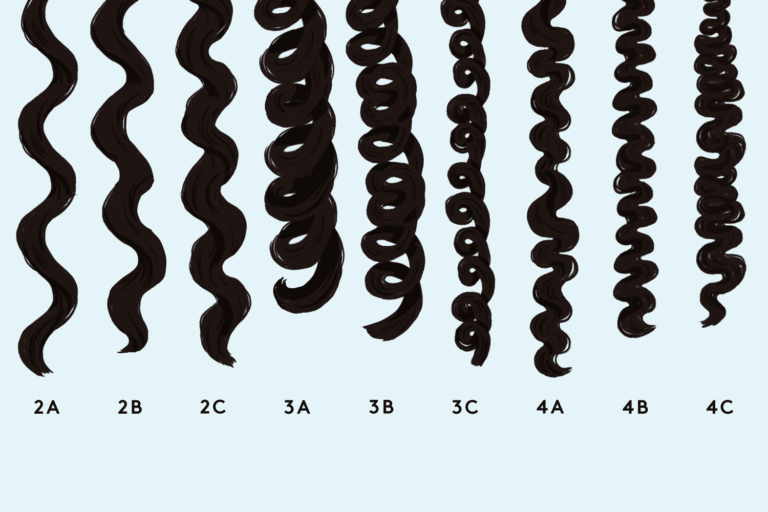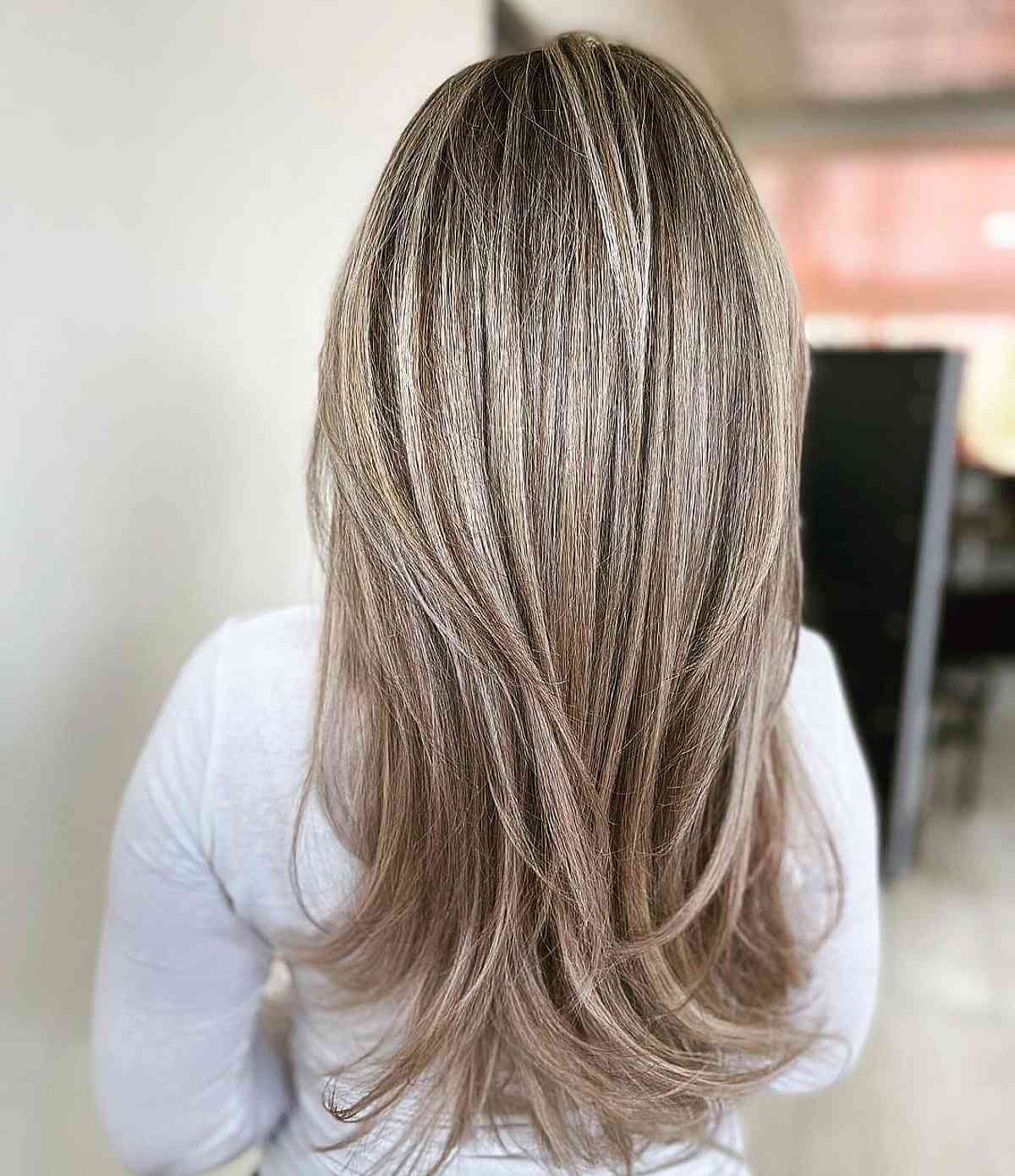Table Of Content

But it's actually a souped-up version of the heatless tool above, in which you can wrap your hair around eight(!) pillowy sections for all the volume and texture. "Easy to use, very soft on my head when laying down. I use this every night now. It’s the perfect way to curl my hair without using heat." As for which size roller to use, the stylist recommends getting a set with different ones so you can find the right shape for your length and desired style.
I Asked an Expert Which Bob Style Would Suit My Curly Hair—They Said These 10
Hairstylist Andre Walker started a curl typing system, which is still used today and provides a way to label hair types based on texture. It utilizes numbers 1 to 4, with one being straight hair and four being kinky texture, along with subcategories from A to C. A has the widest diameter or pattern size, and C has the smallest. For example, 1A is flat as a pin and define by a very thin texture that can only hold a curl by using styling tools like a curling iron. As we move along, you’ll start to notice these curl types getting tighter and tighter. These curls are usually the size of your index finger and can easily wrap around it.
The Vintage Cosmetic Company 8 Claw Octopus Heatless Hair Curlers
3c curls commonly have a combination of both curly and coily textures.” Type 3c tends to experience the most volume but also the most shrinkage,” Breyer says. In reality, they are intricate and can't fit into one broad category of "curls," just because you have curly hair. Categorizing your curl type is quite the mission, and most of the time, finding a starting point is overwhelming. Rather than defining your curl type vaguely, we asked two experts to guide us on curl types from 2a to 4c curls, so you no longer have to take a guess.
What are the benefits of using conditioner for curly hair?

To determine your curl type, observe your hair’s natural texture, examine the shape of your curls, and consider factors like humidity and product usage. Remember that most people have more than one type of pattern on their head so that you may have a combination of kinky, coily, wavy, and curly. Once you’ve identified your curl type, you can care for and style your hair accordingly. Type 2 hair incorporates natural waves that can range from barely noticeable to being mistaken for curly hair. Wavy hair tends to be straight when wet and ripples as it dries. It differs from curly hair in its inability to form swirls or twists that wrap around themselves.

Keep your bob looking bouncy and light with a blast of texture spray at the roots. This one is infused with argan oil so it won't dry out your curls. It's important to refresh your hair with more hydration between washes. Rather than shop-bought refresher sprays, from experience, I recommend using a spray leave-in on dampened hair or mixing your favourite leave-in with water in a spray bottle. Detangling your hair isn't a total mission, but will need to be done on wet hair with plenty of product, and always from the bottom up.
The Science Behind Curly Hair Types
How to Curl Straight Hair, According to Stylists - InStyle
How to Curl Straight Hair, According to Stylists.
Posted: Thu, 25 Apr 2024 16:09:00 GMT [source]
Carol’s Daughter Coco Crème Curl Quenching Deep Moisture Hair Mask is a great option. An essential for this curly hair type is to get the right curly hair products to care for it. Curly hair types need styling products, as your hair can be particularly prone to frizz. Use it on wet hair at the end of your routine to define your pattern, hold it for longer and help get rid of frizzy hair. Hair type 3C is defined by its tight corkscrew curls that are densely packed together with natural volume.
Decoding this can be tricky, but with our definitive guide to different types of curls, how to classify yours, and what products are best, you can enjoy your locks stress-free. Keep scrolling to get more familiar with your curl texture type, curl pattern, and how to best care for your own curly crown. Everybody is born with specific hair textures and it may change over the span of one’s lifetime. “There are many things that make your hair uniquely yours, including how quickly it absorbs and loses moisture, which is called porosity,” says François. A strong indicator of your porosity level is the health of your cuticles, which is the outermost layer of the hair strand. When the cuticle is healthy, it lays smooth, closed, and retains moisture.
The Ultimate Curl Pattern Chart & Hair Type Care Guide
For those with Type 4 curls, Breyer recommends using a creamy humectant as a leave-in treatment to try to maximize protection and moisture. A curl-defining custard or gelee can stretch the coil safely for twist-outs and braid-outs. To maintain those bouncy springs, simply spritz your hair with a curl refresher, like the Carol's Daughter Hair Milk Nourishing & Conditioning Refresher Spray. Dickey also recommends layering a leave-in conditioner under a mousse to lock in your natural wave pattern while adding hydration. We like the Verb Curl Leave-In Conditioner and the Design Essentials Natural Almond & Avocado Curl Enhancing Mousse.
What are Type 3A curls?
It may be finer in texture than it appears, but many women with 4A hair have a coarse or semi-coarse texture. 3B hair has a tighter curl than 3A, with curls about as wide as a marker instead of a wine cork. These ringlets are well-defined, usually bouncy, and have the same fine or medium hair texture as 3A hair. Then, in the 90s, Oprah Winfrey’s stylist Andre Walker developed a revolutionary hair typing chart (very appropriately named The Andre Walker Hair Typing System). And that’s where our understanding of curls and curl patterns really began to deepen.
Curly hair is formed when the hair follicle grows in an oval shape, while straight hair grows from a perfectly round follicle. They’re classified into four types – straight (Type 1), wavy (Type 2), curly (Type 3), and coily (Type 4). Each type is further broken down into subtypes A, B, or C, indicating the curl tightness or diameter. Thanks to a particular hair typing system for curls developed up by hairstylist Andre Walker, you can at least identify your curl pattern and know where to start when shopping for hair-care products.
Type 3c hair tends to be higher in density and coarser than Type 2 or 3 hair. It's the tightest curl of the hair types and is prone to being super dry—but you also don't want to overload it with oils and butters, as it can weigh down your hair. "If you have type 2 curls, the Andrew Fitzsimons AF1 Restructuring 10-in-1 Leave-In Conditioner ($16) is perfect for lightweight conditioning, detangling, smoothing, and softening." Slightly "S"-waved hair that sticks close to the head and tends to be fine in density. This type of hair dries quickly and straightens easily and is generally pretty low maintenance.
Taylor recommends using the Deeper Than Hair First Class to Morocco Shampoo ($24) and Conditioner ($28) for this curl type. Both products contain Moroccan oil, which is rich in vitamins and antioxidants that will really moisturize and bring life back to dry, brittle strands. The wave usually forms throughout the hair in the shape of an "S" like Type 2a, but the hair sticks closer to the head.
Dandruff, product residue, and pollution particles can accumulate on the scalp surface, forming an undesired layer that inhibits normal biological function. All hair types are affected by these factors, including curly hair. Furthermore, hair porosity may increase with an increasing degree of curliness.

No comments:
Post a Comment